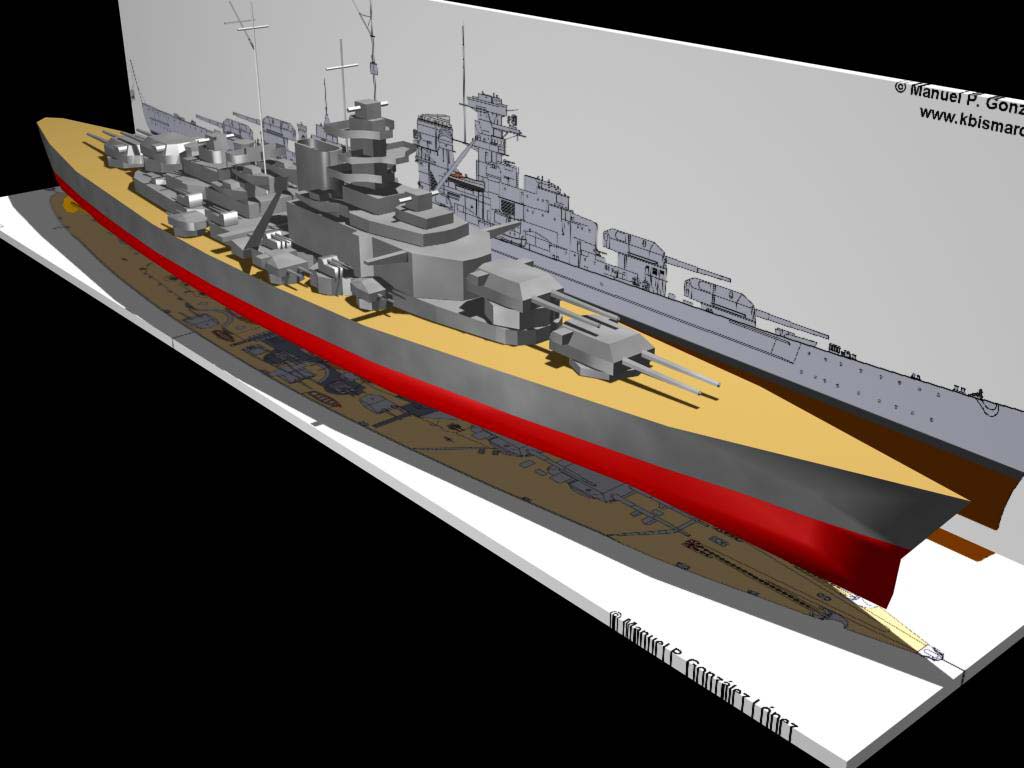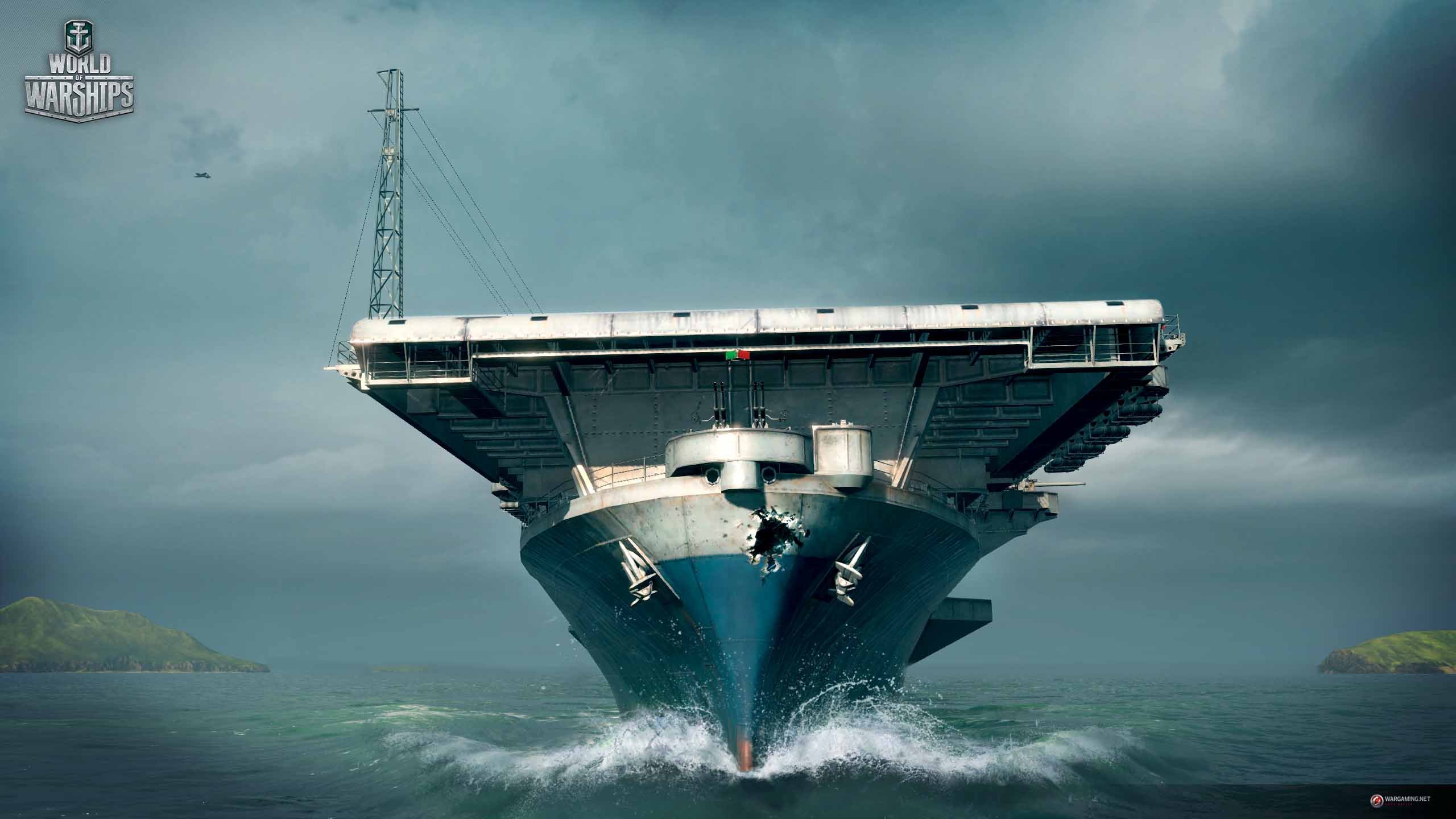
But countering the enemy fleet was never an end in its own right, or a campaign with solely naval implications it was a means to the broader objective of securing the ability to use the sea for whatever military, economic or diplomatic purposes that national strategy might require.
Strategic war ships series#
Doing so would ideally take the form of sinking them but since the enemy often declined to cooperate by giving battle in unfavourable circumstances, it tended to require a blockade to neutralise them – which might in itself help to provoke a series of engagements that would cumulatively have a decisive effect.

Up to the Second World War (when it began to broaden with the emergence of the aircraft carrier) the role of the capital ship in naval strategy was the fundamental one of countering the capital ships of the enemy. It is a little surprising that the good Brigadier is unaware of the Bismarck, Tirpitz, Scharnhorst and Gneisenau – or, apparently, of how British strategy countered them. One particularly egregious piece in the Times by a retired Army officer even made the remarkable claim that Germany drew lessons from the First World War that led it not to build battleships for the Second, only pocket battleships. Not all of the coverage of the recent centenary of the Battle of Jutland displayed a strong grasp of what capital ships were for. My chapter in the recently published festschrift to Professor John Hattendorf considered this subject, looking in particular at the Royal Navy during the period from the Second World War to the early 1950s. Such comments display a striking lack of awareness about naval warfare and how it differs from fighting on land – in particular, the different ways in which it contributes to the military and political goals of strategy more broadly. Too often it is dismissed as an expensive and vulnerable luxury, which exists only to flatter the egos of Admirals. When you hit a new ship, you should immediately fire the adjacent shots to sink the ship.It is remarkable how often the role of the capital ship in naval warfare is misunderstood or even ignored. Now, you should systematically take shots in each chunk to eliminate the possibility of your opponent's biggest remaining ship existing in that region. Once you have fired enough shots, you'll notice that the board is devided now into small chunks. So, never fire at adjacent holes but leave a few spaces between your shots.Īfter your opening salvo, you can go back and fill in the gaps in your diagonal lines.

Your initial goal is to cover as much ground as possible. You can search all opposing ships by firing only on black squares and means that you never need to fire on half the squares (except to finish sinking a ship when you've found it). If you imagine the firing grid as a giant checkerboard (with alternating white and black squares). Unless you are a mind-reader whose random guesses are likely to be hits, you should fire your shots in a logical and ordered fashion.īy firing shots along a diagonal line, you guarantee that each of your shots is located in a new row, and a new column, thus maximizing the number of rows and columns into which you are firing.įor example: If your first shot is fired at I-7, consider your next shot at F-4, your next shot at C-1. It's a great way to throw experienced opponents off their game.until they figure out what you're doing. If you have followed the above rules for a few games in a row against the same opponent, break them to confuse your opponent. If she thinks you always place your ships close together, opt for a more spacious layout. If you and your opponent know each other, use that psychology to your benefit. Having at least one or two ships on an edge may give you an advantage.īut don't place all your ships on the edge as then r your opponent may guess the pattern. Many players will fire most of their shots the middle of the board. If you have a ship one square away from both edges in the upper left, don't do the same thing in the lower right because else your opponent will be more likely to find both ships after finding the first one. So, don't mirror or copy your ship placements. If your opponent finds two ships at once, you've just lost an extra ship.

Getting your ship placement right is crucial. Just like real-life naval conflicts, many Battleship matches are won or lost before the first shot is fired.


 0 kommentar(er)
0 kommentar(er)
